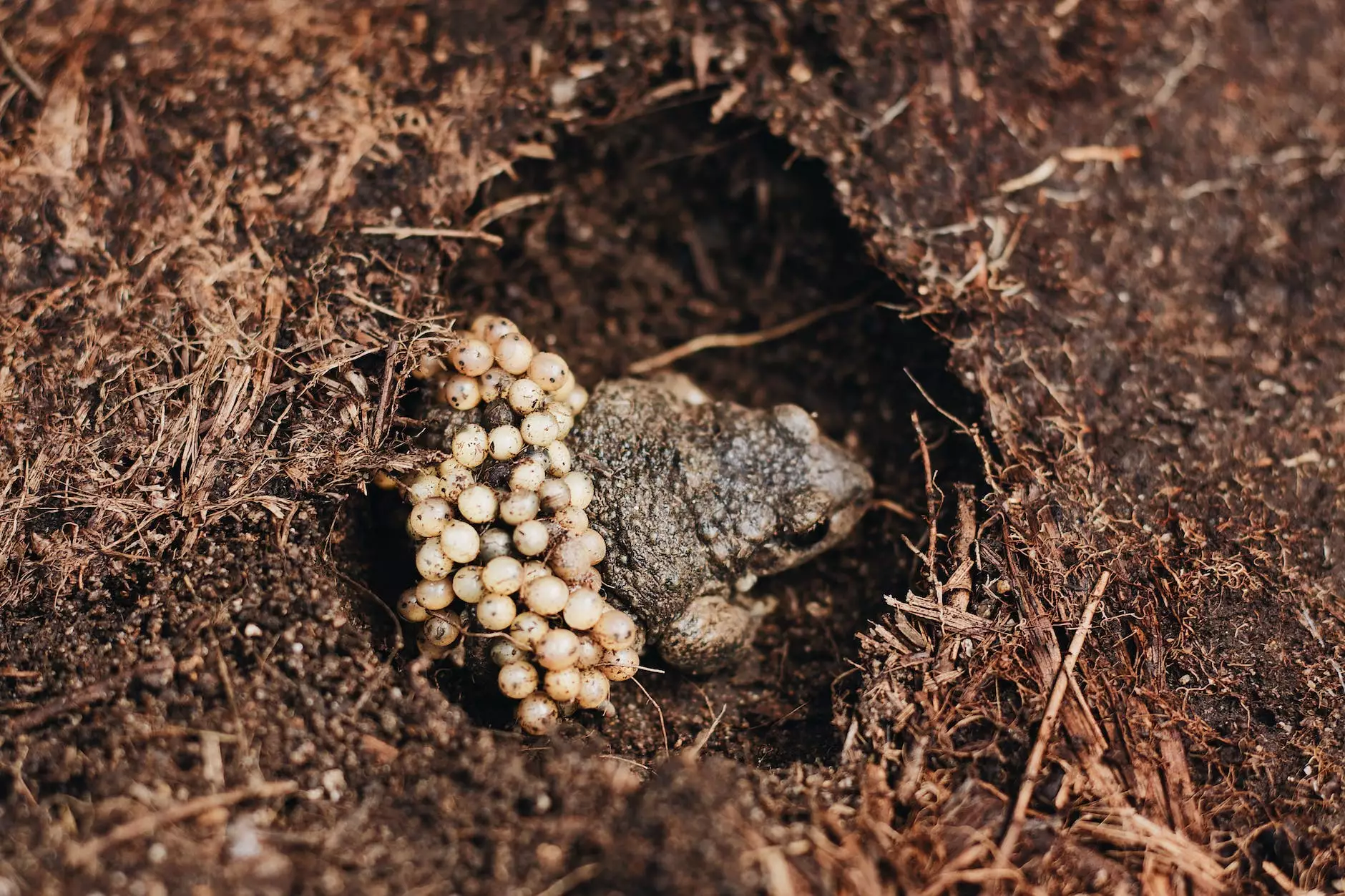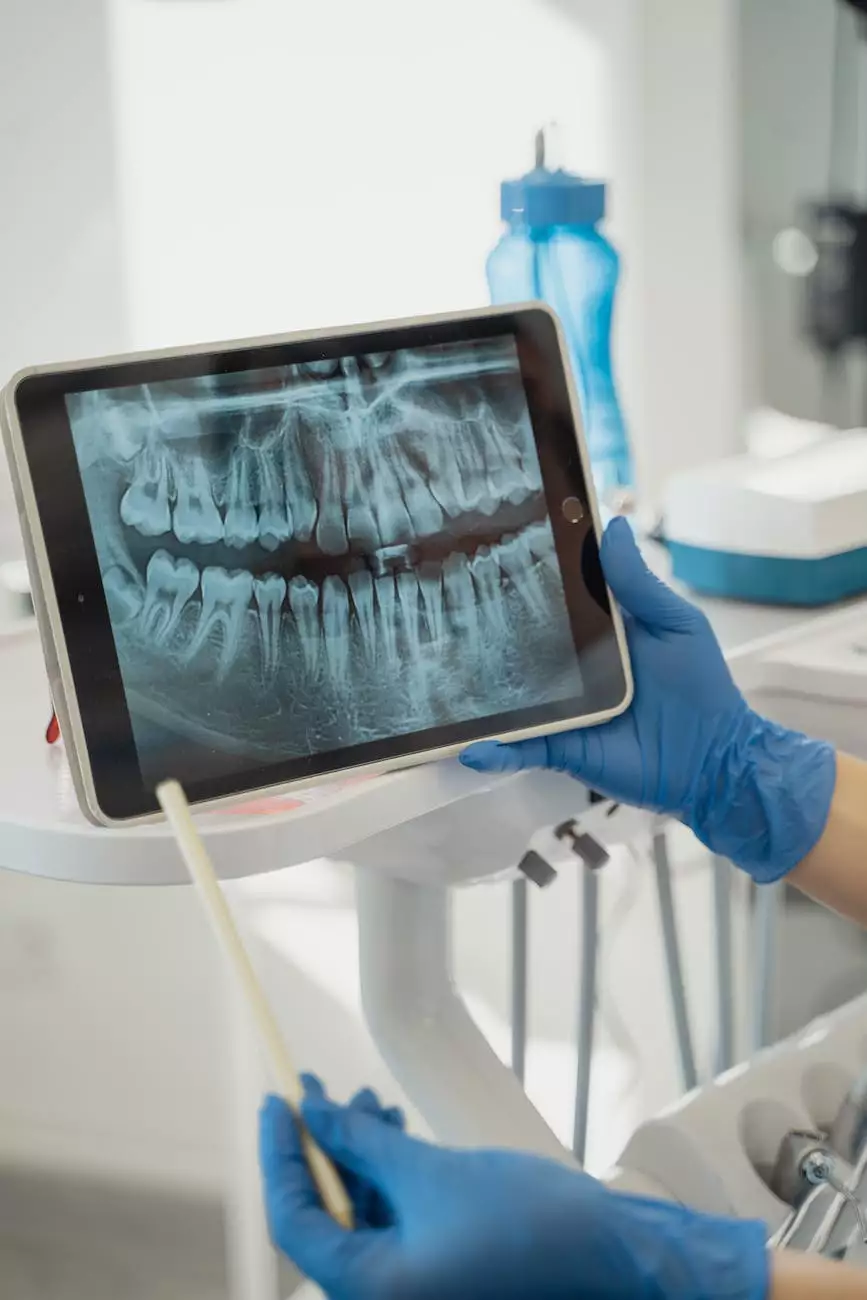Common Misconceptions About Lead Poisoning and Prevention
Services Offered
Welcome to Nicholas Home Inspection & Consulting, your trusted partner in providing expert services for business and consumer services - consulting & analytical services. In this article, we aim to debunk common misconceptions surrounding lead poisoning and prevention. By bringing awareness to these misconceptions, we hope to empower you with the knowledge needed to protect yourself and your loved ones.
The Dangers of Lead Poisoning
Lead poisoning is a serious health issue that can affect people of all ages. Contrary to popular belief, lead exposure is not limited to older homes or specific demographics. Lead can be found in various places, such as dust, soil, paint, and even certain consumer products. It is essential to understand the potential dangers associated with lead poisoning:
- Impacts on Neurological Development: Lead exposure can cause significant damage to the developing brains and nervous systems of young children, leading to learning disabilities, behavioral problems, and decreased IQ.
- Adverse Effects on Adults: Lead can also harm adults, resulting in cardiovascular issues, kidney problems, and reproductive difficulties. Pregnant women are particularly vulnerable, as lead can negatively impact fetal development.
- Long-Term Health Consequences: Even low levels of lead exposure over an extended period can lead to serious health issues and chronic conditions, including anemia, hearing loss, and damage to the liver and kidneys.
Dispelling Common Misconceptions
Myth 1: Only Old Homes Have Lead
One of the most prevalent misconceptions is that only older homes, typically built before 1978 when lead-based paint was banned, contain lead. While it is true that older homes are more likely to have lead-based paint, lead can still be present in newer residences and other unexpected sources like imported toys and pottery. It's essential to approach lead testing and prevention with an inclusive mindset, regardless of the age of your dwelling.
Myth 2: Lead Poisoning Symptoms Are Easily Recognizable
Lead poisoning often goes unnoticed as its symptoms can mimic common illnesses. While symptoms can vary from person to person, it's crucial to understand that lead poisoning may not present clear and specific indicators. Some general signs to watch out for include fatigue, headaches, abdominal pain, irritability, and reduced appetite. However, these symptoms can easily be attributed to other causes, making lead poisoning challenging to diagnose without proper testing.
Myth 3: Lead Dust Is the Only Source of Lead Exposure
Lead dust is a well-known source of lead exposure, particularly in homes with deteriorating lead-based paint. However, it is not the only source. Other potential sources include contaminated soil near roadways or older structures, lead pipes or plumbing fixtures, imported cosmetics and traditional remedies, and certain workplace environments. Understanding the various ways lead can enter your environment is crucial for comprehensive prevention.
Myth 4: Only Children Are at Risk
While children are more susceptible to the harmful effects of lead due to their developing bodies, lead exposure poses risks to individuals of all ages. The impact may vary depending on factors such as the duration and level of exposure, as well as an individual's overall health. Adults, especially those working in industries with potential lead exposure, should also take necessary precautions to minimize their risk.
Effective Lead Prevention Strategies
Now that we have debunked common misconceptions, let's explore effective strategies to prevent lead exposure and protect your health:
1. Regular Lead Inspections
Consider scheduling regular lead inspections, especially if your home was built before 1978. A professional lead inspection can identify potential sources of lead exposure, such as deteriorating paint or contaminated soil, allowing you to take appropriate remedial actions.
2. Lead-Safe Renovation Practices
If you are planning a renovation or remodeling project in an older home, it is crucial to follow lead-safe practices. This involves working with certified lead professionals, minimizing dust generation, and safely containing and disposing of any lead-based materials.
3. Hygiene and Handwashing
Practicing proper hygiene, especially regular handwashing, is critical in reducing the risk of lead exposure. By washing hands thoroughly before eating or handling food, you can minimize the chances of inadvertently ingesting lead-contaminated dust or soil.
4. Balanced Diet and Nutrition
A healthy and balanced diet can help mitigate the effects of lead exposure. Consuming foods rich in iron, calcium, and vitamin C can reduce lead absorption in the body. Incorporating a variety of fruits, vegetables, and lean proteins can support overall health and aid in minimizing lead-related health risks.
5. Educate Yourself and Others
Educating yourself and others about lead poisoning and prevention is crucial in creating awareness and fostering safe environments. Stay updated on the latest research, guidelines, and regulations regarding lead exposure to make informed decisions for yourself and your community.
Contact Nicholas Home Inspection & Consulting for Expert Advice
At Nicholas Home Inspection & Consulting, we specialize in providing comprehensive services for business and consumer services - consulting & analytical services. Our team of experts is dedicated to helping individuals and organizations navigate the complexities of lead poisoning and prevention. Contact us today to schedule a consultation and ensure the safety of your living or working environment.




